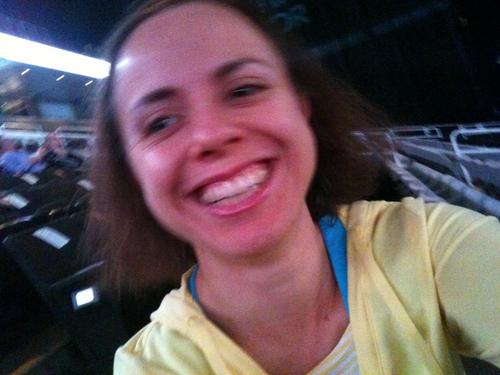Your body is beautiful and complex. So is mine. Sometimes our bodies donʼt work so well. Sometimes we donʼt know what to do about it. Imagine if your body and my body are malfunctioning in the same way. Now, what if we found a thousand other people in the same boat… Could we help each other feel better? Could sharing our health data with each other help us figure out which treatments to try? If we got enough people together, could we even do our own medical research studies?
These are the reasons I started CureTogether with Daniel Reda in 2008, and joined as the director of Quantified Self in 2010. Iʼve lived in and around chronic pain for my whole life. I became a scientist in 1998, specializing in genetics, and worked on curing cancer for a while. But it ended up being 10 years of self-experimentation that found a solution to my pain. And, once I found it, I wanted to share it with others in pain, to help them.
In the past three years, 30,000 patients from around the world have joined us to anonymously share data on over 500 health conditions. Weʼre starting to make some interesting discoveries. Hereʼs one we recently released on the most popular and effective treatments for depression.
 For the live-updated, interactive version of this infographic, click here.
For the live-updated, interactive version of this infographic, click here.
A year ago, we published one of our most popular findings – six surprisingly effective treatments for depression. I went ahead and repeated the analysis, and now we have 23 treatments in the “surprisingly effective” category for depression. These are treatments that are not very popular yet, but the people who have tried them have found them to work very well.
This chart is based on 4,956 people with depression who participated in CureTogether surveys, compared to 944 people last year.
The top three treatments for depression are are still:
1. Exercise
2. Sleep
3. Talking to others
But here are 23 things you may not have tried that thousands of others say worked well for them:
1. Music therapy
2. Art therapy
3. Mindful meditation
4. Massage therapy
5. Group sports
6. Breathwork
7. Light therapy
8. Eye movement desensitization and reprocessing (EMDR)
9. Neurofeedback
10. Tai Chi
11. Personal growth workshops
12. Support groups
13. Xanax
14. Sertralin
15. Venlaxafin
16. Mirtazapine
17. Shiatsu
18. Dialectical Behavior Therapy
19. Lamictal
20. Bioidentical Hormone Replacement Therapy
21. Bibliotherapy
22. Synthroid
23. SAM-e
Another new thing on this chart: alcohol was added as a treatment, and was rated to make depression worse instead of better.
To navigate the graph above: The top right quadrant shows the most popular and effective treatments, and the top left quadrant shows treatments that not many people have tried but that have above-average effectiveness, so they may be options to think about (e.g. the 23 treatments listed above).
Treatments in the lower right quadrant are ones that lots of people have tried, but that have below-average effectiveness (e.g. caffeine, fish oil), and treatments in the lower left quadrant are reported as neither popular nor effective, so you may want to consider this when choosing a treatment (e.g. Effexor, Paxil).









